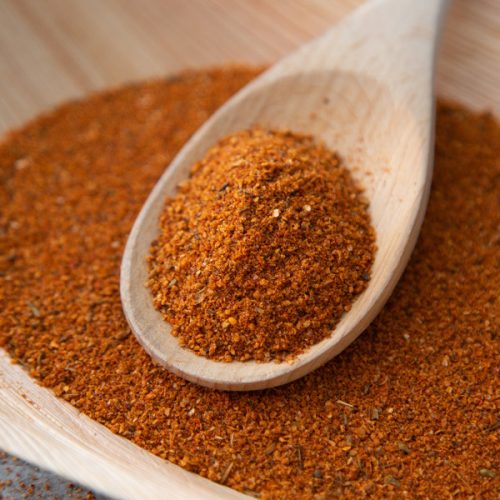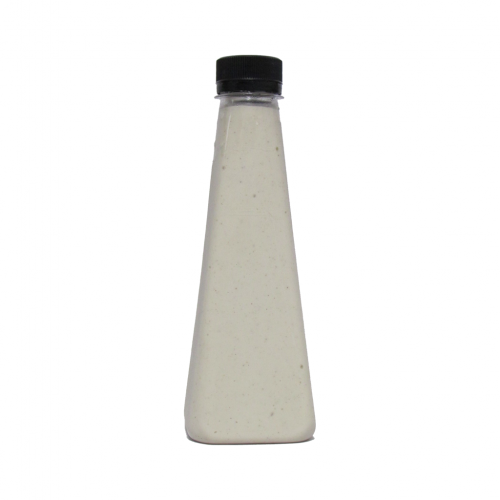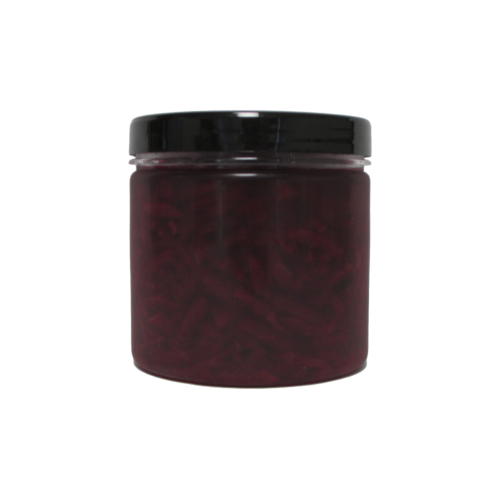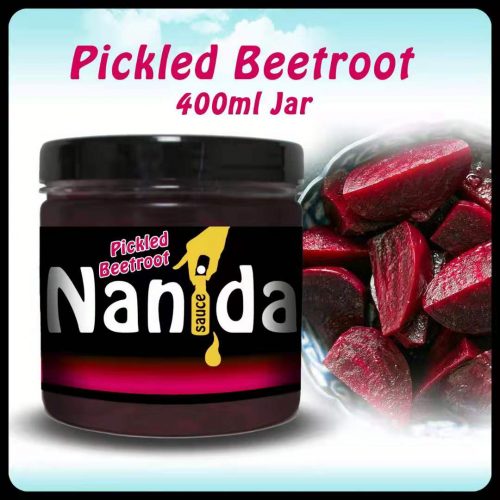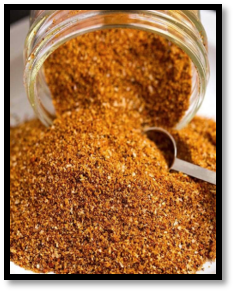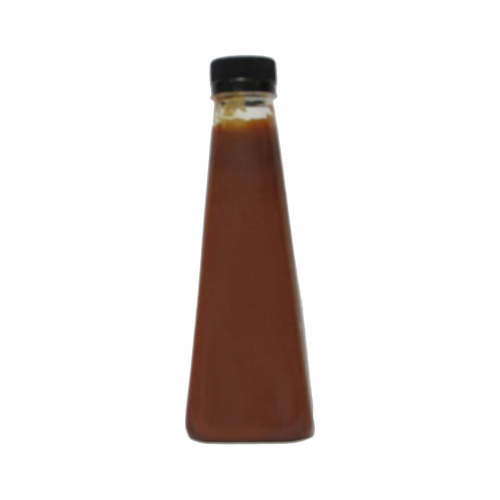-
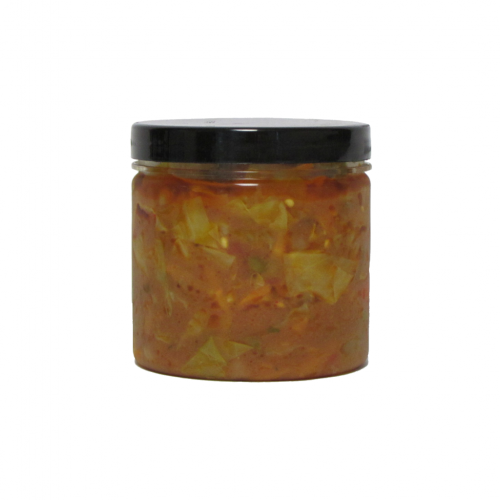
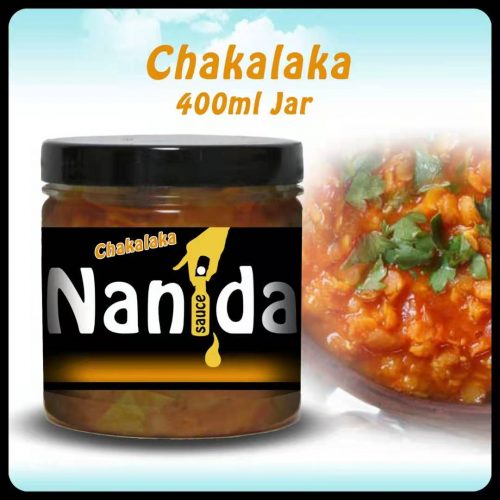 The name itself conjures up a mystical expectation of what flavours could be held in the jar of Chakalaka. Chakalaka is a South African vegetable relish, usually spicy, that is traditionally served with bread, pap, samp, stews, or curries. Nanida’s blend of vegetables, herbs and spices are unique to the region of China, based on trusted South African recipes. Chakalaka is a mix of carrots, onions, cabbage, chilies, and green peppers.
The name itself conjures up a mystical expectation of what flavours could be held in the jar of Chakalaka. Chakalaka is a South African vegetable relish, usually spicy, that is traditionally served with bread, pap, samp, stews, or curries. Nanida’s blend of vegetables, herbs and spices are unique to the region of China, based on trusted South African recipes. Chakalaka is a mix of carrots, onions, cabbage, chilies, and green peppers. -

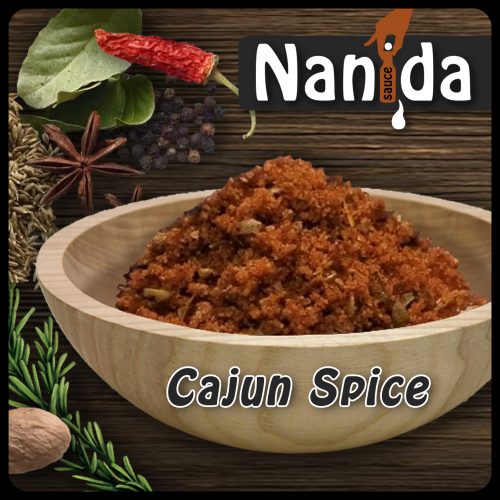 Garlic powder health benefits: Garlic powder is additionally used as a solution for infection, especially chest and fungal infections, digestive problems.
Garlic powder health benefits: Garlic powder is additionally used as a solution for infection, especially chest and fungal infections, digestive problems.-
- Garlic powder also controlsblood glucose levels. Garlic extracts bring down the blood homocysteine level.
-
- In naturopathy, garlic powder is used as a treatment forintestinal parasites and intestinal worms.
-
- Garlic is awesome for the circulatory system and heart.
-
- It has been demonstrated to lower cholesterol and thin the blood, prevent stroke, hypertension and heart illness.
- Blocks the development of tumour cells, people who eat garlic have a tendency to develop less stomach and colon malignancy.
-
-
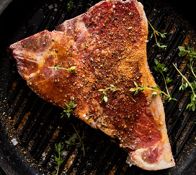

Spices For Greater Health
— Clove is great for your teeth and gums, helps fight bad bacteria like H. pylori (responsible for ulcers), and can inhibit viruses like herpes and hepatitis C. — Cumin has beneficial properties for cancer, epilepsy, type 2 diabetes, and bone health. — Paprika helps with indigestion, cardiovascular health, and circulation; is antibacterial and anti-inflammatory; and contains vitamins A, E, K, and C. — Turmeric is wonderful as an anti-inflammatory spice if you’re experiencing arthritis, swelling, or inflammation around your menstrual period, or any other autoimmune-type symptoms. Incidentally, it’s wonderful for your skin and a natural anti-wrinkle remedy. It can also protect against radiation from the sun or x-rays. Be sure to pair with black pepper to activate turmeric’s healing properties. -
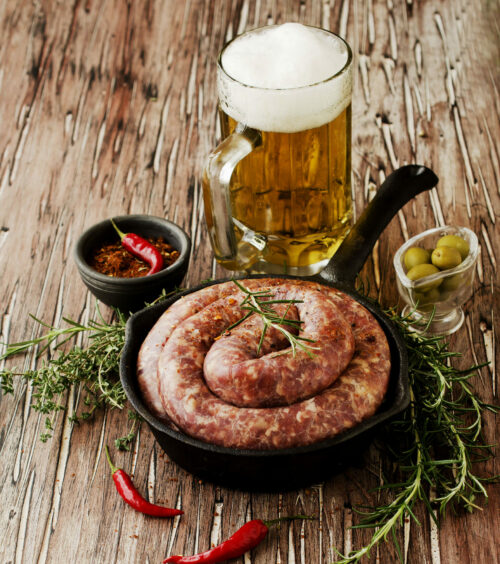 Every seventeenth-century cook at the Cape had a favourite recipe for boerewors (farmer’s sausage). During the twentieth century, many cooks began following recipes that predominantly used coriander and cloves seasoning. A possible reason for this preference might have been the Afrikaans cookbooks by Dijkman and D.J.H., which contain recipes with these spices as ingredients. It is a popular myth that boerewors was always made from a mixture of pork and other meats. Before the twentieth century when there were no fridges, boerewors prepared in summer consisted mainly of mutton and sheep’s tail fat and in winter it was made from pork and bacon. It boggles the mind that people made sausage at all without the luxury of mincing machines. The sausage meat had to be cut into very small pieces and mixed with the spices the night before. The following morning, when it was still cold, the fat or bacon was cut into cubes while the meat was finely minced with a large pestle. Then the meat and fat or bacon were mixed with vinegar and left for a while in order to absorb the spices before cleaned intestines were filled with meat. It was a huge job to scrap the intestines clean. If the one doing the scraping was clumsy, the intestines ended up with lots of holes, making them useless as sausage casings. Filling the intestines also had to be done by hand. The cheapest piece of filling equipment over which the intestines could be pulled and filled with meat stuffing was the horn of an animal. The sharp end of the horn was cut off and the horn hollowed out, rubbed and polished until smooth before it was used as a filling mechanism. After the intestines were filled, the boerewors had to be placed in brine to preserve it.
Every seventeenth-century cook at the Cape had a favourite recipe for boerewors (farmer’s sausage). During the twentieth century, many cooks began following recipes that predominantly used coriander and cloves seasoning. A possible reason for this preference might have been the Afrikaans cookbooks by Dijkman and D.J.H., which contain recipes with these spices as ingredients. It is a popular myth that boerewors was always made from a mixture of pork and other meats. Before the twentieth century when there were no fridges, boerewors prepared in summer consisted mainly of mutton and sheep’s tail fat and in winter it was made from pork and bacon. It boggles the mind that people made sausage at all without the luxury of mincing machines. The sausage meat had to be cut into very small pieces and mixed with the spices the night before. The following morning, when it was still cold, the fat or bacon was cut into cubes while the meat was finely minced with a large pestle. Then the meat and fat or bacon were mixed with vinegar and left for a while in order to absorb the spices before cleaned intestines were filled with meat. It was a huge job to scrap the intestines clean. If the one doing the scraping was clumsy, the intestines ended up with lots of holes, making them useless as sausage casings. Filling the intestines also had to be done by hand. The cheapest piece of filling equipment over which the intestines could be pulled and filled with meat stuffing was the horn of an animal. The sharp end of the horn was cut off and the horn hollowed out, rubbed and polished until smooth before it was used as a filling mechanism. After the intestines were filled, the boerewors had to be placed in brine to preserve it.

